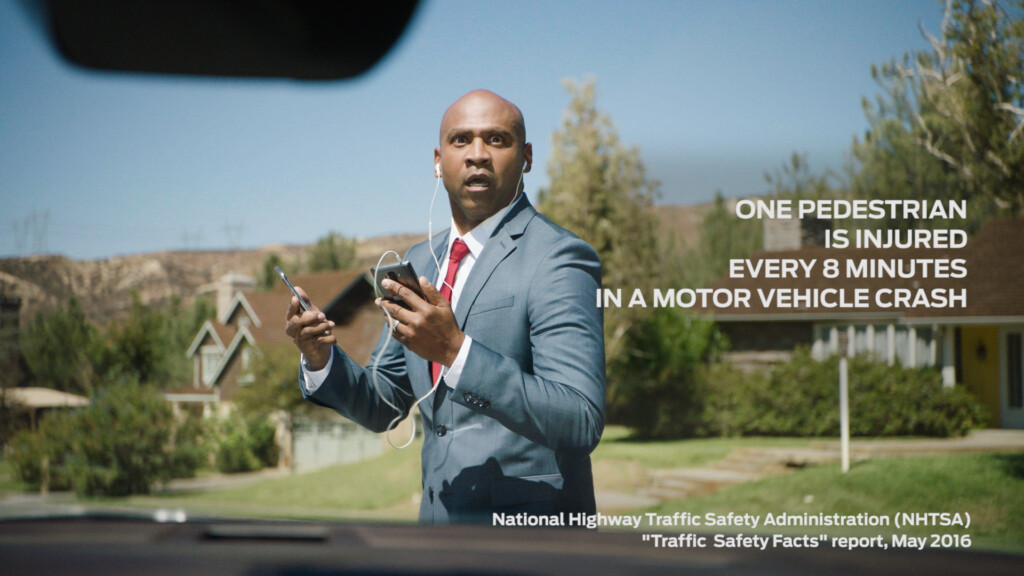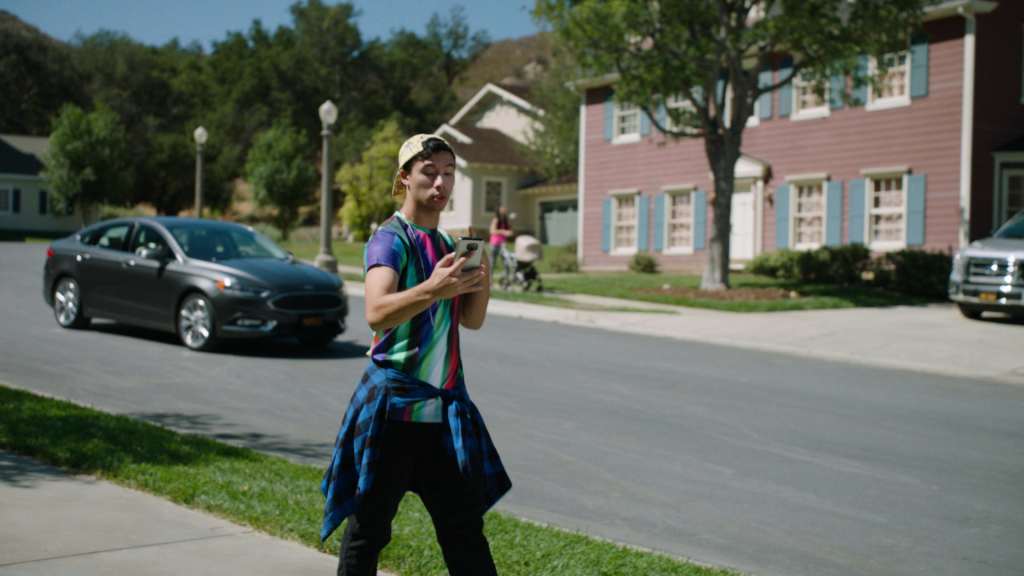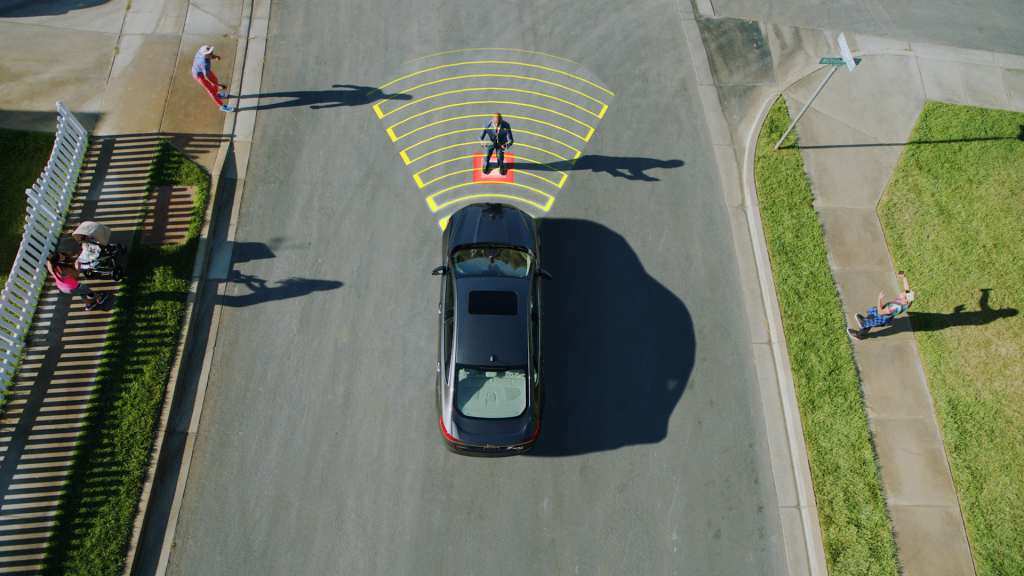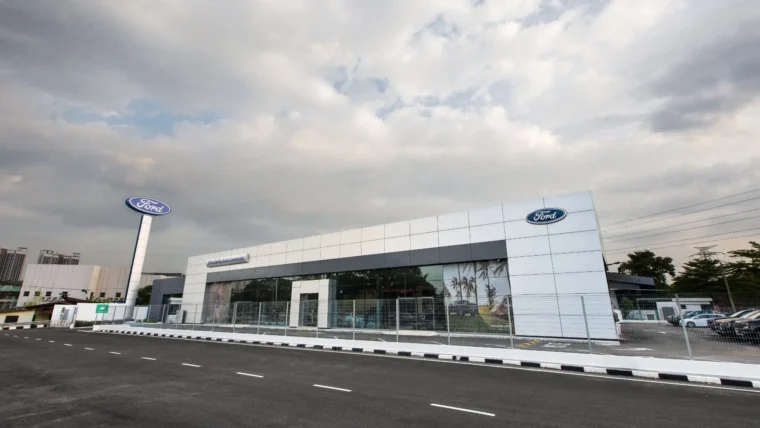
Collisions can be caused not just by distracted driving, but increasingly, distracted walking. Every 8 minutes, a pedestrian is injured in a motor vehicle crash, according to a recent report from National Highway Traffic Safety Administration in the United States. This rise is linked to a global influx of “petextrians” – people walking while texting.
Cities around the world are tackling the increasing problem of “petextrians” and distracted walking. A theme park in Chongqing, China, painted smartphone lanes on 30 meters of sidewalk in an effort to combat the problem. And officials in Seoul plan to expand similar signage across South Korea next year. Pedestrians crossing the tram tracks in Augsburg, Germany, are now warned by a strip of blinking red LED lights mounted on the ground. The tiny town of Rexburg, Idaho, took a different approach, passing a law in 2011 against texting while crossing the street and slapping a $50 (RM200) fine on anyone who does.

Ford’s new Pre-Collision Assist with Pedestrian Detection can predict the movement of pedestrians to help reduce the severity of and, in some cases, eliminate frontal collisions altogether. Debuting in the 2017 Ford Mondeo, the system has been developed to help recognize pedestrians using more than 240 terabytes of test data.
“Since we are trying to avoid a collision that hasn’t happened yet, prediction of the future is an inherent part of the puzzle,” says Scott Lindstrom, Ford driver assist technologies manager. “Having a huge cache of data – based on real-world driving conditions – helps our system be smart enough to determine what may happen in a second that has not yet even occurred.”
Ford Pre-Collision Assist with Pedestrian Detection uses combined radar and camera technology to scan the roadway ahead for collision risks. If one is detected, the initial response from the vehicle is to provide a visual and audible warning to the driver and temporarily mute the audio system. If the driver does not react to the warning, the technology can automatically apply up to the vehicle’s full braking force to help reduce the severity of, or even eliminate, a frontal collision.

Working in daylight and in clear weather conditions – at speeds up to 80 km/h – Ford’s system processes information collected from a windshield-mounted camera, which has been taught to classify different vehicle and pedestrian scenarios, along with radar located near the bumper to pick up shape reflections. The technology then combines both data streams using a unique Ford algorithm that calculates the risk of a collision. While the system may be especially helpful in unexpected situations, it still does not replace the driver.
Ford is testing advanced features for future vehicles that could allow the system to operate at night, in low and harsh lighting conditions, and when vehicles and cyclists move in different directions.
Using 12 vehicles, Ford conducted 800,000-plus km of development testing in Europe, China and the United States, racking up more than one year – 473 days – of data logging. In just 15 weeks in North America alone, the technology recorded more than 3 million scans of roadside objects, vehicles and pedestrians across roughly 70% non-highway and 30% highway.
Petextrian: “One who texts while walking, usually unaware of their surroundings” (Urban Dictionary, 2009)
https://www.youtube.com/watch?v=SyErzxHL3b4&feature=youtu.be
Other posts by AF Newsdesk







